Primer for a bulk floor: a necessary expendable material
Before answering the question: “Do I need to prime the self-leveling floor?”, Let's figure out what kind of coating. In this article, we will answer not only these questions, but also talk about the types and categories of bulk floors.
We will also give brief instructions on how to make such a floor with your own hands.
The content of the article
What is a bulk floor
The term "bulk floor" refers to polymer floor coverings. This does not mean at all that there is no cement in the composition of the pouring mixture, of course.
- But along with it, polymer resins are also used as binders. They give the solution elasticity, the ability to level off on its own, increase the strength of the screed and make it immune to moisture.
- The type of such coating depends on which polymer is taken as the basis: polyurethane, epoxy or acrylic resin, polyesters. Each of them has its own merits: one has higher mechanical strength, the other has better aesthetic qualities.
- Use them depending on the purpose of the mixture. For an industrial floor one is better, and for a decorative - another.
Self-leveling floors can be monophonic: matte and glossy. There are options with patterns, both graphic and artistic. A variant of the art floor you see in the photo below.
- There are bulk floors with a photographic image, and it can be absolutely any size. The image, as a result of special processing, can be voluminous.
The prospect of 3D images is visible only from a certain point. - Floors based on binders with mineral fillers are called polymer mosaics. As fillers, in this case, all kinds of natural stone, including valuable breeds.
- Naturally, the price of the polymer-mosaic floor will be higher than, for example, quartz-filled, where the colored quartz sand serves as a filler. The surface of the poured floor can also vary, and not only be smooth, but also anti-slip.
The thickness of the screed can also be different. There are self-leveling coatings up to 2 cm thick, which are often used as the basis for a laminate, tile or linoleum.
They are usually used for filling floors in residential premises. Thicker screeds are used to create decorative and industrial coatings.
Floor filling
The most important thing for the bulk floor is the quality preparation of the base, and it can be either concrete or cement-sand. It is necessary to clean the base so that it does not have any influx of mortar, old paint, dust.
So:
- How to arrange the bulk floor, is it necessary to prime the base? The answer is unequivocal, and lies in the high ability of concrete to absorb moisture, which is their drawback.
Water from any mixture applied to a concrete base is instantly absorbed into it. Thus, the structure of the solution is violated, and adhesion is deteriorated. - Therefore, the main task in preparing the foundation is to close the pores of concrete, which various types of soil compositions can do perfectly. Primer under the self-leveling floor can be used almost any, designed for working with concrete surfaces.
- If the cement-polymer coating is performed, for example, in the bathroom, sauna, pool, the base is primed with liquid glass, or deep penetration compounds. In this way, waterproofing is carried out.
In rooms with normal humidity, you can use the usual concrete contact. - It is worth saying that if the base has large irregularities, before pouring it can be leveled with quartz sand. This will reduce the consumption of the mixture.
This method can not be used only when performing the artistic floor. - By the way, pouring can also be done on top of ceramic tiles. Provided, of course, that she holds fast. In this case, its surface is treated with a single-component polyurethane varnish.
- After the soil has dried, it is necessary to seal all joints and corners. To do this, use a special sealing damper tape, or an ordinary serpyanka, which is glued on top of the silicone sealant applied to the joints.
- Self-leveling floors, like all modern mixes, are sold dry and require only mixing with water in the quantity indicated on the package. You will need a 20 liter tank, and a mixer with a nozzle.
The solution should be homogeneous, without lumps, and have the consistency of liquid honey. - Before filling, beacons are set, with which you can track the horizontal coverage. It is better to do this work together: one kneads the solution, the other pours it on the base and levels it with a needle roller.
- This is done in order to evenly distribute the solution over the concrete base. But minor recesses will align themselves, because the mixture for the bulk floor is quite plastic.
- Such a screed dries in a couple of days, after which you can walk on it. But if you are going to mount from above, for example, ceramic tileIt is better to give the coating a week for a full set of strength.
We briefly described the process of simple floor leveling with a cement-polymer mixture. If you are interested in how art filling is performed, watch the video, look for materials on this topic.
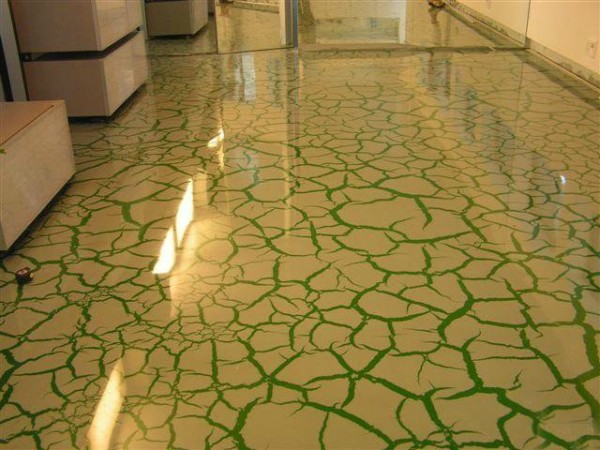
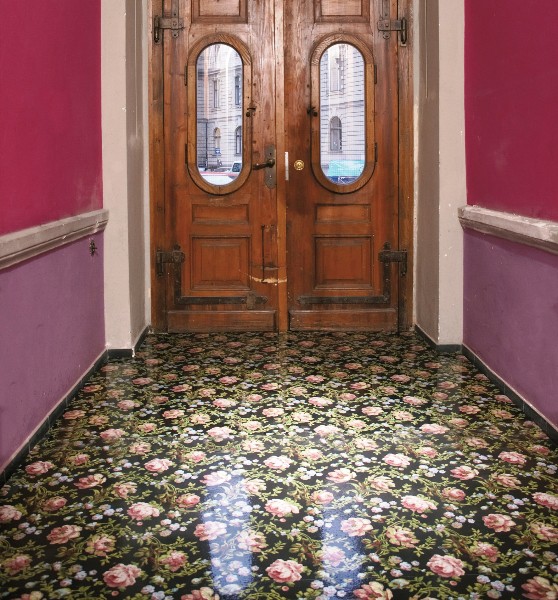
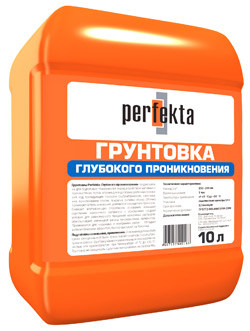
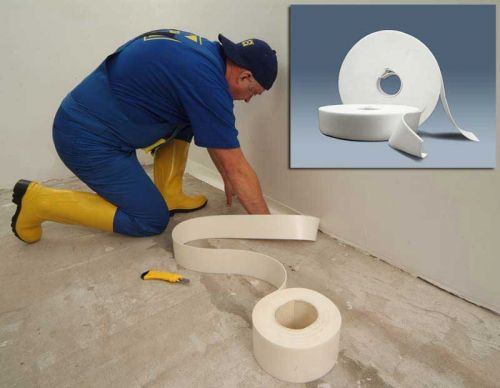
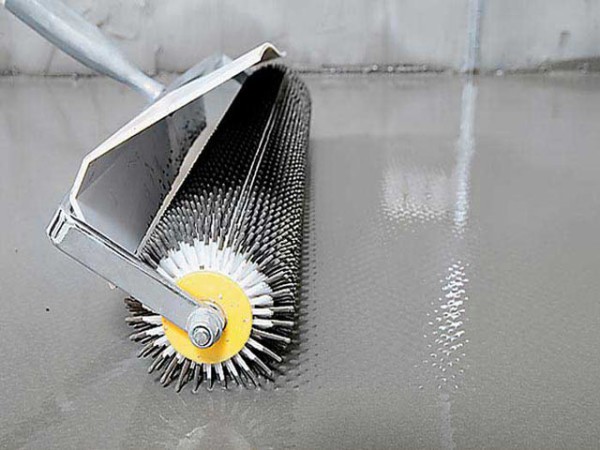

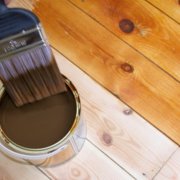
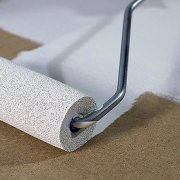
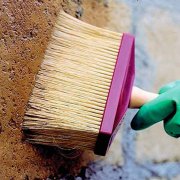
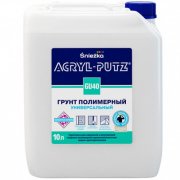
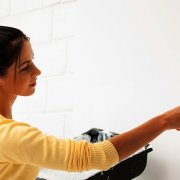
I don’t know how decorative floors behave after several years, but the industrial floor in the repair shop of the enterprise where I work has withstood five years of operation. Rated “excellent”! Transformers from electrical substations are being repaired in the workshop, and it often happens that transformer oil is spilled, so there are no chips in the floor, and it is not susceptible to temperature extremes. Although in winter the room is practically not heated. Primed this floor thoroughly, in time it took about 50% of the total amount of work to fill the floor.